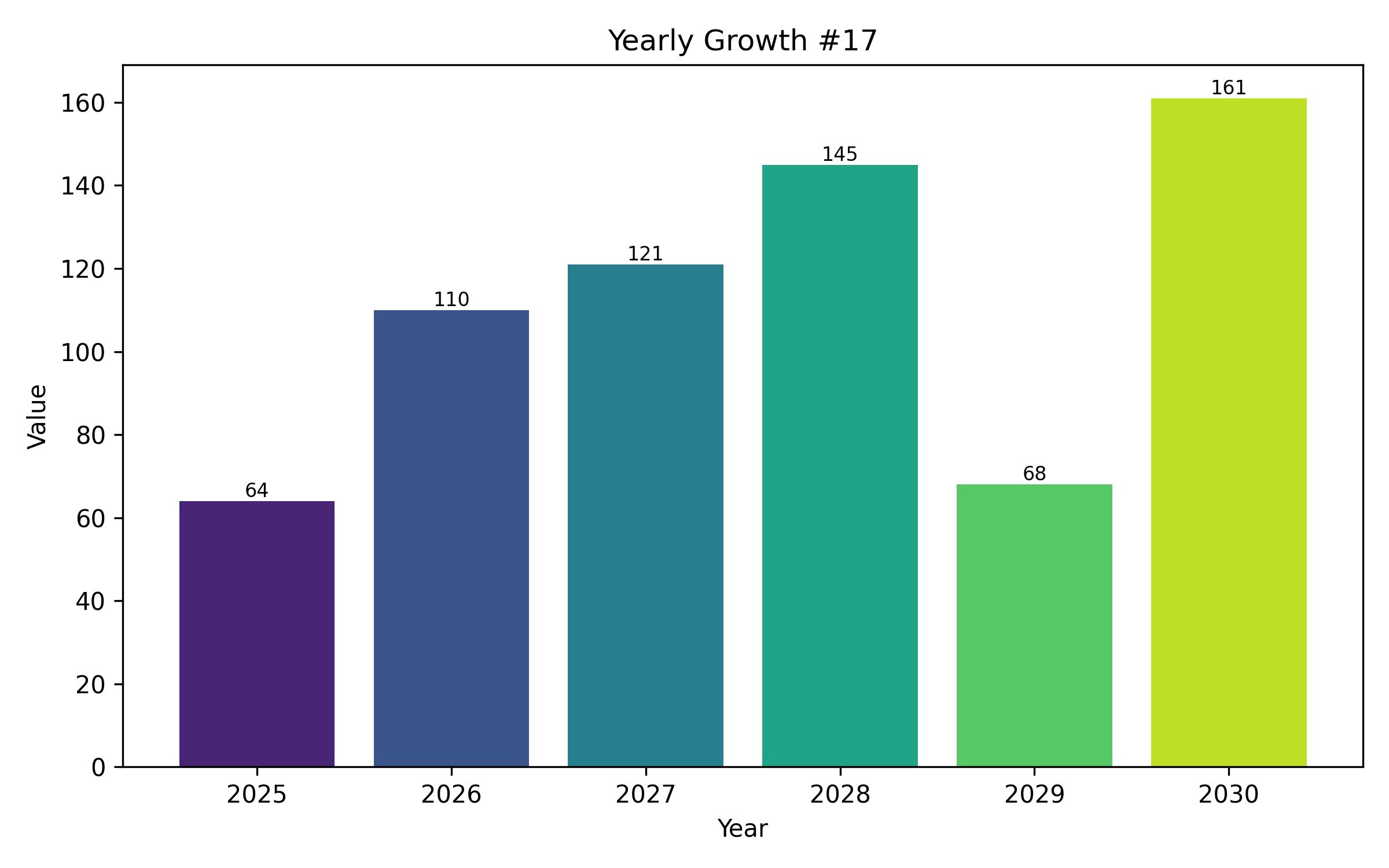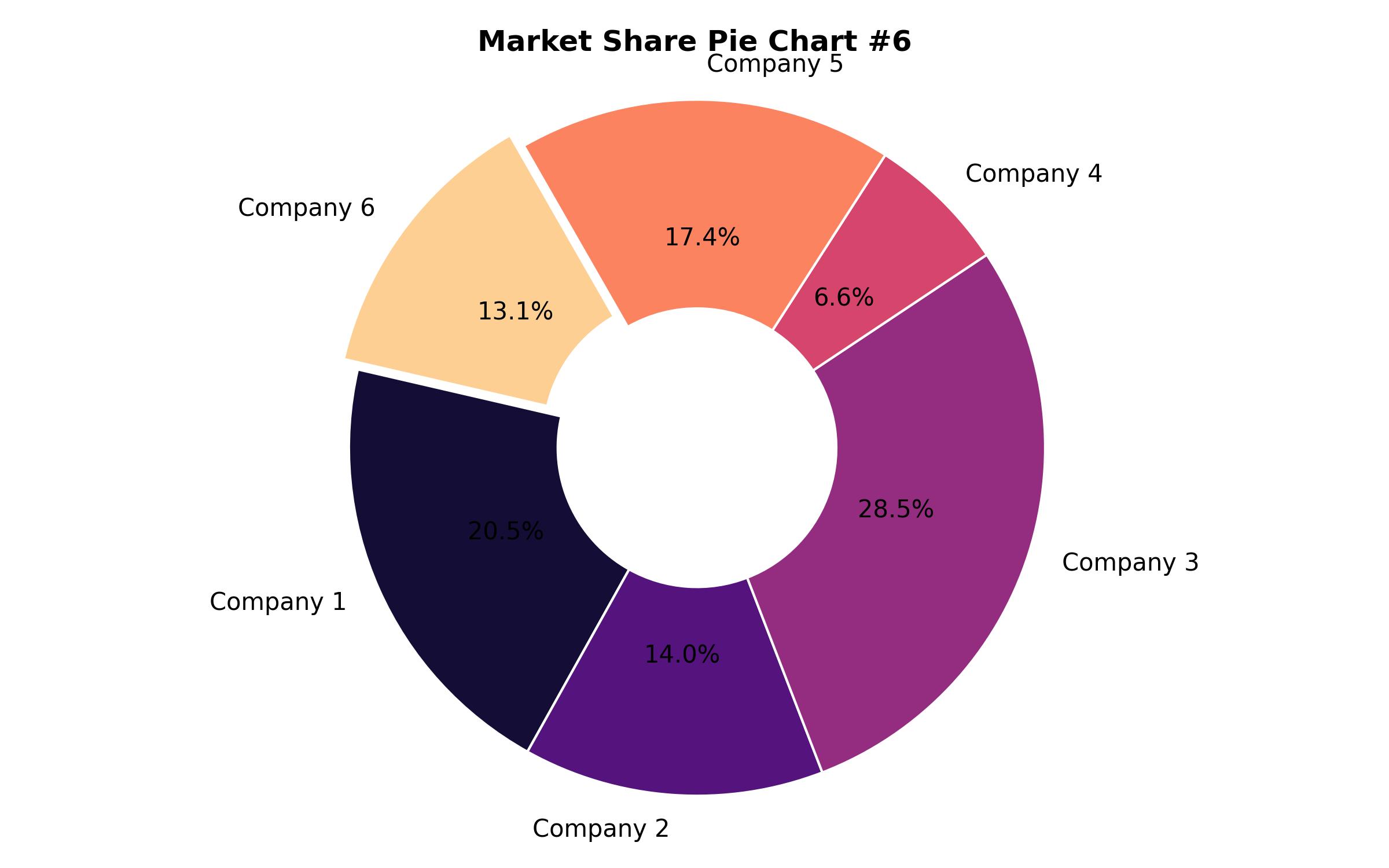Global Metal Sheet Bending Equipment Market: Industry Projections by Machine Type, End-Use, and Geography, 2025-2035
Overview:
The worldwide metal sheet bending equipment sector is projected to reach USD 1,041.52 million in 2025. This industry is set for consistent expansion, with a projected compound annual growth rate (CAGR) of 2.1% through the decade spanning 2025 to 2035. By the conclusion of this forecast period in 2035, the industry’s market size is expected to climb to approximately USD 1,372.84 million.
The industry sustained stable growth in the preceding year, 2024, benefiting from persistent demand from key sectors such as manufacturing, construction, and transportation. Adoption of computer numerical control (CNC) enabled machinery notably increased due to its enhanced precision and operational efficiency, while basic, manual, and semi-automated versions retained a critical market presence, particularly among smaller scale operations.
Anticipated future expansion is likely to be fueled by increased implementation of automated and digital manufacturing technologies. Escalating investments aligned with Industry 4.0 principles and a growing emphasis on energy-efficient machinery are expected to be significant drivers. Emerging markets in aerospace and clean energy could also unlock new avenues for growth. Nevertheless, challenges such as labor shortages and regional geopolitical instability may moderate the pace of expansion.
A vital element identified is the increasing preference for stainless steel equipment globally, valued for its robustness and anticorrosive properties. Despite this, regional preferences vary; Europe is showing a rising interest in hybrid composite materials that align with sustainability goals, while North America largely maintains its demand for traditional stainless steel structures. Asia-Pacific demonstrates an inclination towards lighter weight alloys, seeking lower energy use and reduced operational expenses.
Market participants face challenges in maintaining profitability amid fluctuating raw material prices and supply chain constraints. Skilled labor shortages, particularly in North America and Europe, are prompting greater adoption of robotic and highly automated bending systems.
Regulatory shifts are also shaping the industry. Stricter safety standards, like those from OSHA in the United States and the EU Machinery Directive in Europe, are encouraging investment in machines with enhanced safety features and automation. In Asia-Pacific, compliance with standards like China Compulsory Certification (CCC) is becoming increasingly significant.
Looking ahead, a significant portion of manufacturers plan to dedicate more resources to research and development focusing on artificial intelligence, robotics, and proactive maintenance systems. This indicates a strategic pivot towards high-tech, integrated solutions that promise higher efficiency and reduced downtime, particularly in developed markets.
The industry structure reveals dominance by major global players offering extensive portfolios, with smaller, specialized firms addressing unique regional needs. Recent activities within the market include notable acquisitions and strategic alliances aimed at advancing automation capabilities and digital integration, further reflecting the dynamic and evolving competitive landscape influenced by technological progress and stringent regulations.

| Report Attribute | Details |
|---|---|
| Market Size in 2025 | USD 1,041.52 million |
| Revenue Forecast for 2035 | USD 1,372.84 million |
| Growth Rate (CAGR) | 2.1% from 2025 to 2035 |
| Base Year for Estimation | 2024 |
| Historical Data | 2020 – 2024 |
| Forecast Period | 2025 – 2035 |
| Quantitative Units | Revenue in USD million and CAGR from 2025 to 2035 |
| Report Coverage | Market size forecast, competitive landscape, growth drivers, and technological trends |
| Covered Segments | Product type, application, and region |
| Regional Scope | North America, Europe, Asia Pacific, Latin America, MEA |
| Country Scope | U.S., Germany, China, Japan, South Korea, UK, France, Italy, Australia & New Zealand |
| Key Companies Analyzed | Amada Holdings Co., Ltd.; Trumpf Group; Bystronic; LVD Company; Salvagnini; Cincinnati Incorporated |
| Customization Options | Free report customization (up to 8 analysts working days) with purchase. Changes to country, regional, and segment scope |
| Pricing and Purchase Options | Customizable purchase options for tailored research needs |

Report Coverage & Deliverables
- Market Trends And Dynamics
- Competitve Benchmarking
- Historical data and forecasts
- Value/Volume analysis
- Company revenue shares and key strategies
- Regional opportunities
This is an indicative segmentation. Please request a sample report to see detail segmentation of this market.
Detailed Market Segmentation
- By Product Type
- Manual Bending Machines
- Semi-Automatic Bending Machines
- Automatic Bending Machines
- Hydraulic Bending Machines
- CNC Bending Machines
- By Application
- Automotive
- Electronics
- Consumer Goods
- Machine Manufacturing
- Metal Fabrication
- Other Industries
- By Region
- North America (U.S., Canada, Mexico)
- Europe (U.K., Germany, France, Spain)
- Asia-Pacific (China, India, Japan, South Korea)
- Latin America (Brazil, Argentina)
- Middle East and Africa (GCC Countries, South Africa)
Table of Content
- Executive snapshot
- Market Landscape
- Key Trends & Innovations
- Drivers and Restraints
- Industry Size and Projections (2025 to 2035)
- Pricing Dynamics
- Industry Value Forecast (USD Million)
- Market Context
- Market Analysis (2025 to 2035), By Product Type
- Manual Bending Machines
- Semi-Automatic Bending Machines
- Automatic Bending Machines
- Hydraulic Bending Machines
- CNC Bending Machines
- Market Analysis (2025 to 2035), By Application
- Automotive Sector
- Electronics Industry
- Consumer Goods Manufacturing
- Machine Manufacturing
- Metal Fabrication
- Other Industries
- Historical Market Performance (2020-2024) vs. Future Outlook (2025-2035)
- Country Level Analysis
- North America Market Forecast
- Europe Market Forecast
- Asia-Pacific Market Forecast
- Latin America Market Forecast
- Middle East & Africa Market Forecast
- Macroeconomic Factors
- Growth Opportunities and Recommendations
- Competitive Environment
- Industry Share Analysis
- Recent Developments
- Key Participants
- Assumptions & Abbreviations
- Research Methodology
